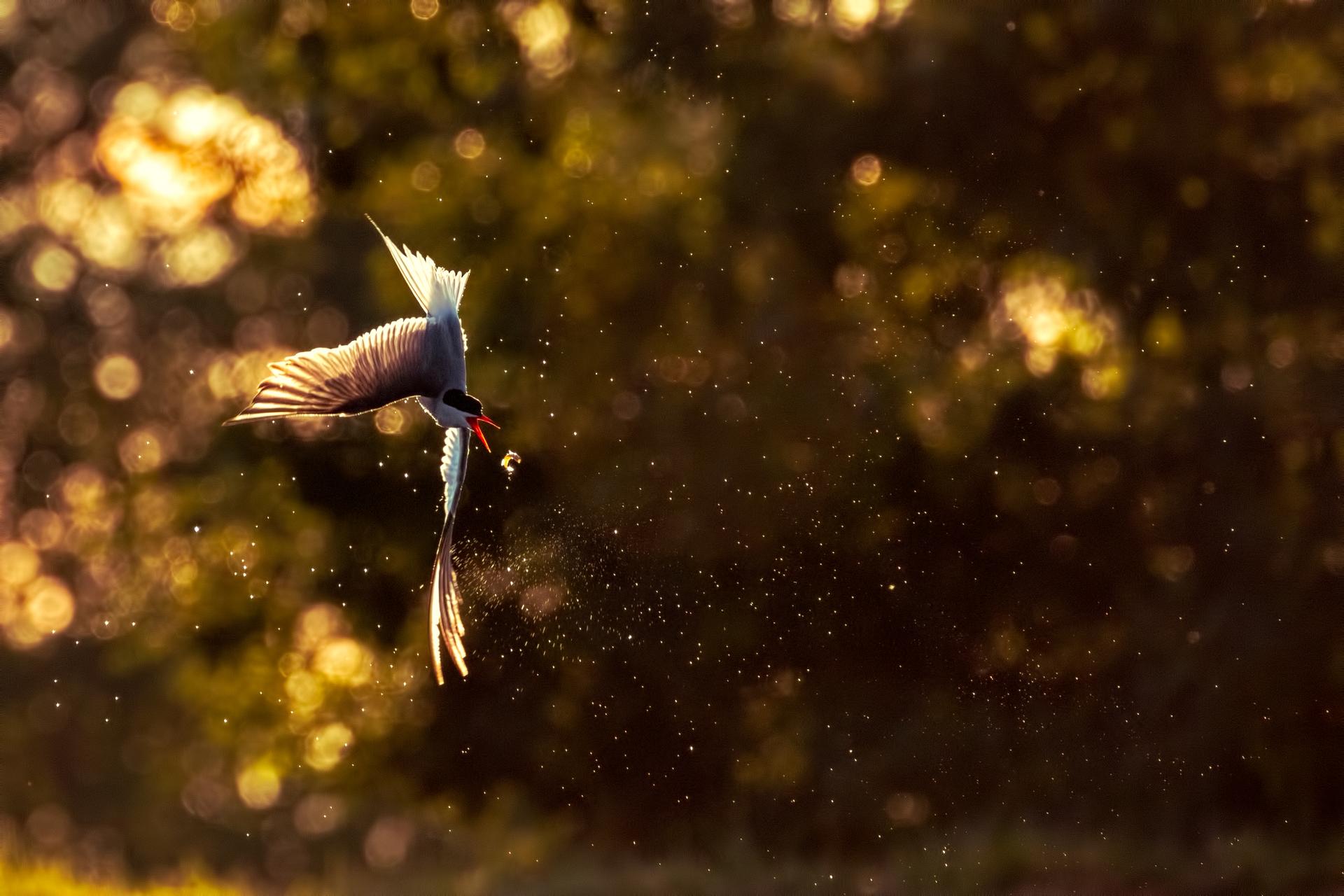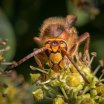Sat in a public hide at my local reservoir recently and the wildlife was just not playing ball. As the time oozed by the gathered togs begun chatting about their setups. Three of us had the Canon R7 that day and there seemed a lot of interest in why I had managed to get on a peregrine so quickly while they were struggling a little with their AF. A lot of gassing and general light hearted jesting ensued but it was all quite constructive. What eventually got asked was if I could go through my setup. With the sheer amount of settings there is on modern cameras, and I was aware it was getting dark in 4 hours, I agreed to put my current setup online. So what follows may not be the most gripping read, especially as there is a lot to cover. I will only detail my current wildlife settings here, presently programmed on C3 as that is where I am used to them being on my DLSRs. I hope anyone who reads this will either ask questions or comment on my setting as I have lots to learn. I am more than happy to try any suggestions and hope even the smallest thing will improve my fun with this wonderful camera.
I like to keep things relatively simple, mainly because my ageing mind cannot cope with changing setup and what my subjects are doing at the same time. I have to concentrate on the wildlife so hard I usually miss much of the information displayed in the viewfinder. So sticking with the defaults of many years with the top dial taking care of shutter speed, the rear dial the aperture and letting Auto ISO deal with my exposure has been working well for me for may years now.

There are conditions where it AUTO ISO makes a total pigs ear of thing though, strong backlight or white subjects in bright sunshine springs to mind. Sometimes I can dial in some compensation, but others I have to set everything to full manual. On my old DSLRs, experience told me when to change, that or chimping and seeing how much I had screwed up. With an EVF and exposure simulation things are so much easier. I can instantly see how far off things are and correct if need be.






























